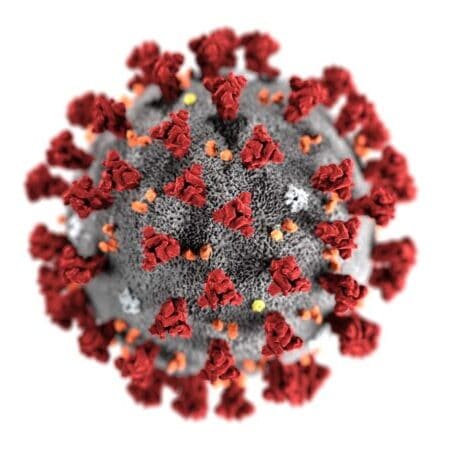Scientists from around the world have published more than 87,000 papers about coronavirus between the start of the COVID-19 pandemic and October 2020, a new analysis shows.
Even given the importance of the pandemic, researchers were surprised by the huge number of studies and other papers that scientists produced on the subject in such a short time.
“It is an astonishing number of publications – it may be unprecedented in the history of science,” said Caroline Wagner, co-author of the study and associate professor in the John Glenn College of Public Affairs at The Ohio State University.
“Nearly all of the scientific community around the world turned its attention to this one issue.”
Wagner conducted the analysis with Xiaojing Cai from Zhejiang University in China and Caroline Fry from the University of Hawai’i. The study was published online this month in the journal Scientometrics.
The researchers searched for coronavirus-related articles in several scientific databases and found that 4,875 articles were produced on the issue between January and mid-April of 2020. That rose to 44,013 by mid-July and 87,515 by the start of October.
Wagner compared research on coronavirus to the attention given to nanoscale science, which was one of the hottest topics in science during the 1990s.
It took more than 19 years to go from 4,000 to 90,000 scientific articles on that topic, she said.
“Coronavirus research reached that level in about five months,” she said.
This new study was an update to one the researchers published in July in PLOS ONE.
In the earlier study, the researchers found that China and the United States led the world in coronavirus research during the early months of the pandemic.
This new study showed that China’s contributions dropped off significantly after infection rates in the country fell. From Jan. 1 to April 8, Chinese scientists were involved in 47% of all worldwide publications on coronavirus. That dropped to only 16% from July 13 to Oct. 5.
Similar results were found in other countries when infection levels dropped among their populations.
“That surprised us a bit,” Wanger said.
It may be that government funding for research on the issue dropped dramatically in countries like China when the pandemic no longer posed as large of a threat.
“At the beginning of the pandemic, governments flooded scientists with funding for COVID research, probably because they wanted to look like they were responding,” she said. “It may be that when the threat went down, so did the funding.”
In China, the work was also slowed by a government requirement that officials approve all articles related to COVID-19, Wagner said. Political leaders were concerned about how China, as the source of the virus, appeared to the rest of the world.

Scientists in the United States were involved in 23% of all worldwide coronavirus studies at the beginning of the pandemic and about 33% from July to October, the last period covered in this study.
The new study found that the size of teams on coronavirus research projects, which had already started to get smaller in the first study, continued to drop.
That was unexpected, Wagner said. She and colleagues had anticipated team sizes would slowly get larger as the pandemic continued and researchers had more time to plan and figure out what was happening.
“We attribute this continued decline to the need for speedy results as pandemic infections grew rapidly,” Wagner said. “Smaller teams make it easier to work quickly.”
The rate of international collaborations also continued to drop, the study found. Part of the reason was practical: Travel bans made it impossible for researchers to meet. This particularly hurt the formation of new collaborations among scientists, which almost always begin face-to-face, Wagner said.
But there may have also been a political component, she said, particularly in U.S.-China collaborations.
The Chinese government’s requirement of study review probably hurt. In addition, the U.S. government has given more scrutiny to Chinese researchers in the United States, which may have led some scientists to forgo partnerships.
“We need to figure out a way to restart these collaborations as we move into the post-COVID period,” Wagner said. “International cooperation is crucial for the scientific enterprise.”
















